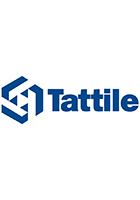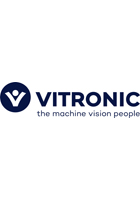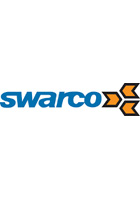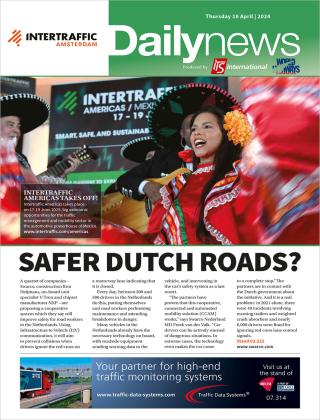
Commuter numbers are increasing all the time. It is imperative to keep these motorists moving freely. If not, there is a steep cost to pay. Congestion increases. Lost time reduces economic production. The environment is negatively impacted.
These realities can be combatted through free flow – collecting payment without use of toll booths. With the cloud-based free flow solution designed by Emovis in the Netherlands, we go one step further into digital road mobility.
Free flow is not new in Europe: UK and Ireland introduced it several years ago by converting their traditional tolled systems. For the Netherlands, free flow has been deployed as part of the introduction of tolling in the country. In 2022, the Dutch Vehicle Authority (RDW) awarded a contract to Emovis. We were tasked with designing, installing and servicing the roadside and operational back office of the country’s first free flow tolling system along the new A24 highway.
It is never easy for a government to introduce tolls. The Dutch authorities decided to introduce tolling to partly finance the construction of the €1billion strategic A24 link connecting the A15 and the A20 highways west of Rotterdam. Tolls could also be introduced to fund the future ViA15 link located about 110 km east from Rotterdam using the same digital tolling platform developed by Emovis. Free-flow tolling aligns to the government’s vision for sustainable mobility.
RDW – Partner in Mobility
RDW plays a central role in the national road mobility chain. The organisation has developed extensive expertise through its years of experience in executing its statutory and assigned tasks in the area of the licensing of vehicles and vehicle parts, supervision and enforcement, registration, information provision and issuing documents.
RDW has recently embarked upon a new responsibility as the central coordinating executive agency for toll collection in the Netherlands. Thus, RDW will serve as the toll charger for two forthcoming tolling schemes. Firstly, the e-Tol scheme for the new A24 highway near Rotterdam in 2024, followed by the operationalisation of the Heavy Goods Vehicle Charge in 2026.
Exciting Opportunity
What makes this project even more exciting is the implementation of our cloud-based tolling solution. This means that toll transactions will be processed in the “cloud” and not on a physical IT infrastructure as is often the case. It is an exciting step towards a tolling future in Europe anchored on digital mobility. It eliminates the need for a dedicated data centre and disaster recovery site. Cloud tolling was a perfect fit for this BBV project in the Netherlands as there were no prior tolling systems in place. In addition, there was a need to have a highly scalable transactional platform since actual traffic volumes are always hard to predict for new road infrastructures.
But you might be thinking about the following questions: Where are motorists’ data? Is this GDPR compliance? What about cyber attacks? Where is my recovery site? Where is the on/off button to restart the system?
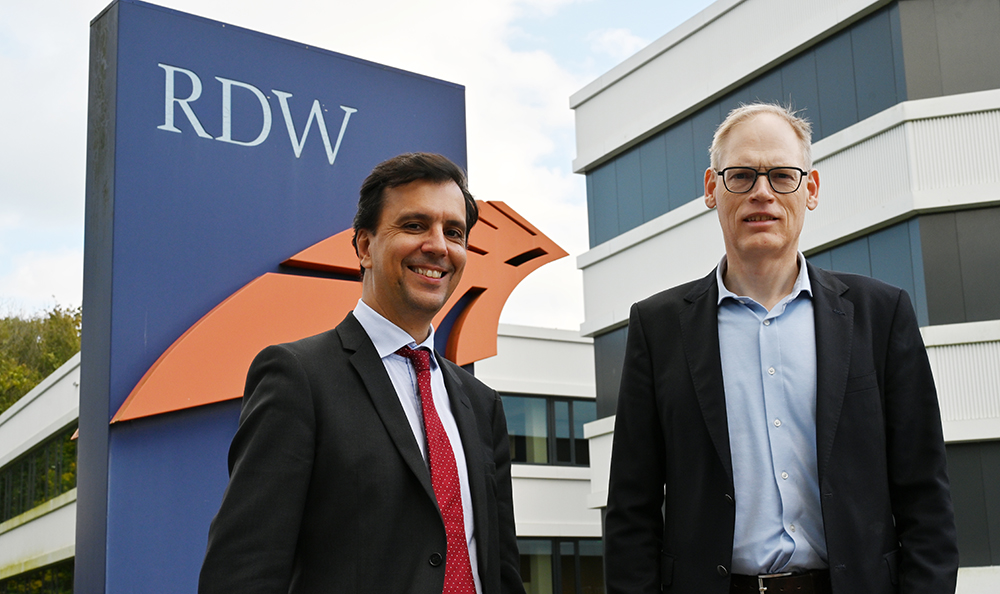
High standards from RDW
Our client , RDW, sets the bar high when it comes to handling toll-related data. Jan Strijk, RDW director whose department is in charge of the nation’s tolling programs, emphasises: “Our organisation has very high standards when it comes security and data privacy and we expect our suppliers to strictly conform to our standards and regulations”.
So, it would be naïve to think that the cloud journey is a quick and easy ride. The security, integrity and availability of our tolling solutions and operations fall under the remit of our Global Security & Data Protection Officer.
We began this approach in the UK, where we have been operating free-flow for over 12 years. Initially all systems were on-premises/in-house, but the evolution to cloud computing changed the skills and knowledge required of IT.
My colleague Paul Sexby, Emovis’ Global Security & Data Protection Officer, noted: “The EU General Data Protection Regulation (GDPR) influences the landscape relating to cloud computing. Cloud providers are required to be more transparent in sharing the location of the data centres and the staff who operate and maintain the systems.”
To process toll transactions in the cloud, we’ve been developing a high-performing, in-house, transactional engine, known as Operational Back Office. It applies a high-degree of automation processes to qualify roadside transactions using field sensors such as ANPR, DSRC/RFID antennas, odometer readings, GPS positioning data and ODB dongles. This software has been designed so it can be hosted on-premises or in the cloud. Grappling with this early on helped us “demystify” the emotional aspect attached to cloud tolling and define a framework that can be applied to any cloud-based tolling schemes.
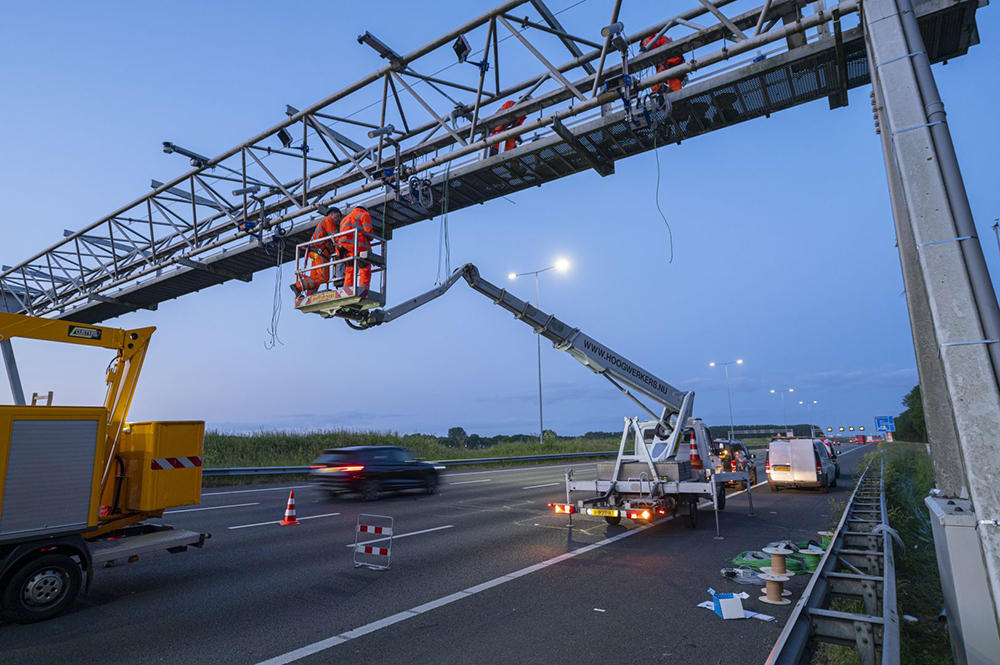
Key Takeaways
We have been able to see first-hand the benefits of cloud-based tolling from our experiences working with private concessionaires, national public entities, regional councils and private road operators.
1. Hardware-Less Design – With cloud-based tolling, we obviously eliminate the need to install and maintain a dedicated data centre. We place a greater emphasis on the Terms of our Contracts with providers and the division of responsibilities between the various parties, including incident response and escalation notifications if there are any adverse impacts to the data or services.
2. Enhanced Business Continuity – A sound cloud computing architecture enables us to design and build greater resilience in our solutions. As a result, we can better react to adverse situations.
3. Transparency – Our clients are the data controllers. We process the data and are able to transparently share where and how their customers data has been processed.
4. Scalability – With a cloud architecture, it is easy and quick to scale up or down the toll transactional capacity. This is particularly important when traffic is expected to fluctuate, grow over the years or when new toll schemes are likely to be developed.
The cloud-based infrastructure can be used for managing other new toll schemes, such as Road Usage Charging. Both free-flow and distance-based charging could make use of this cloud-based back-office solution.
There is so much potential for cloud tolling to become the backbone of countries’ digital mobility roadmap. We are excited to be part of this development !
Stand 02.134




